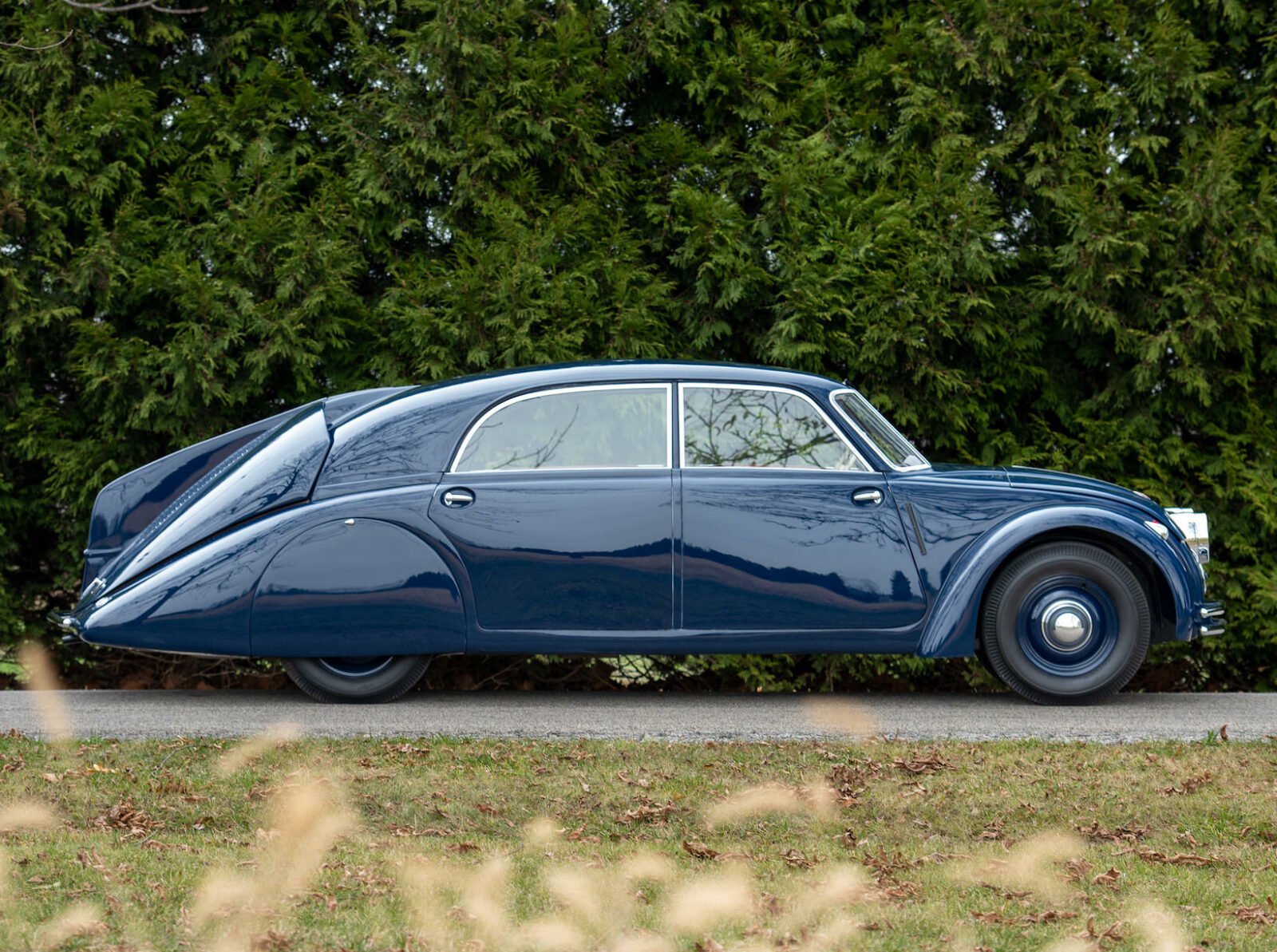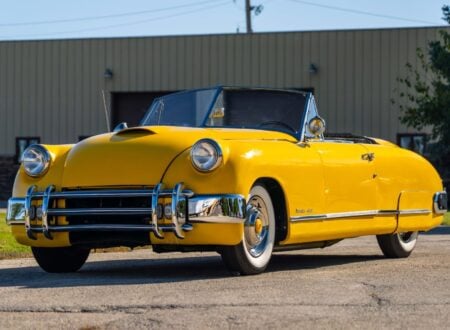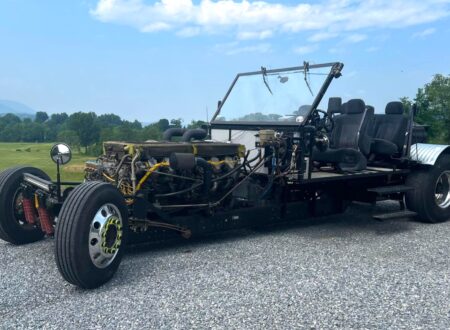The Tatra T77 is a relatively unknown vintage car today however its influence on automotive aerodynamics was gargantuan. It was the first production automobile with a streamlined, wind tunnel-tested body and it was so futuristic looking that science fiction director Maurice Elvey used one in his 1935 film Transatlantic Tunnel.
So good was the aerodynamic design of the T77’s body that its automobile drag coefficient of 0.36 puts it alongside the Ferrari Testarossa and the Citroën DS – both of which have the same rating.
Fast Facts – The Tatra T77
- The Tatra T77 was developed in the early 1930s in Kopřivnice, Moravia, now known as the Czech Republic. The T77’s body was designed by Paul Jaray who had worked at Luftschiffbau Zeppelin (LZ) where he gained invaluable experience in modern aerodynamics while designing of airships.
- Engineer Erich Übelacker worked with Jaray on the T77 project, taking care of much of the engineering under the skin, and the whole project was overseen by Hans Ledwinka.
- Thanks to Paul Jaray’s connections at Zeppelin, the men were able to take in models of Tatra cars and test them in the advanced wind tunnel facility – a first for a production automobile.
- When the Tatra T77 reached production in 1934 it was the world’s first series production car with a streamlined body, it looked so different to the other cars of the era that it caused a sensation on both sides of the Atlantic when it was unveiled and began appearing in news media.
A Zeppelin For The Road
The 1930s were a time when anything must have seemed possible, the world of automobiles and motorcycles were fast advancing, fixed wing aircraft designs were faster and more maneuverable from one year to the next, and the sky was a super highway for colossal hydrogen filled airships – the most famous of which were built by the Luftschiffbau Zeppelin company on the shores of Lake Constance in Germany.
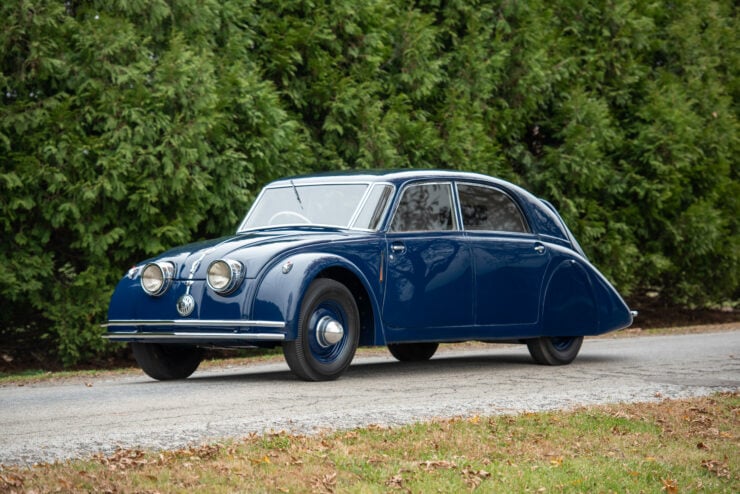

It was into this rapidly advancing advancing age that the Tatra T77 was launched in 1934 at the Paris Motor Show. The Tatra exhibit quickly became the most popular and people crowded on tiptoes to get a glimpse of this new streamlined marvel.
The car had been designed by a pair of engineering geniuses, Paul Jaray and Erich Übelacker, with the first drawings credited to Jaray who had formerly worked on Zeppelin airship designs.
The two men had been tasked with developing a luxury vehicle that would become a halo car for Tatra – though they didn’t know it at the time it would also strongly influence future automobile designs including those from Volkswagen and Porsche.
Thanks to Jaray’s connections at Luftschiffbau Zeppelin the men were able to test scale models of their cars in the wind tunnel there, one of the most advanced in the world at the time. It allowed them to fine tune the design and begin the process of writing the rule book for aerodynamic production vehicles.
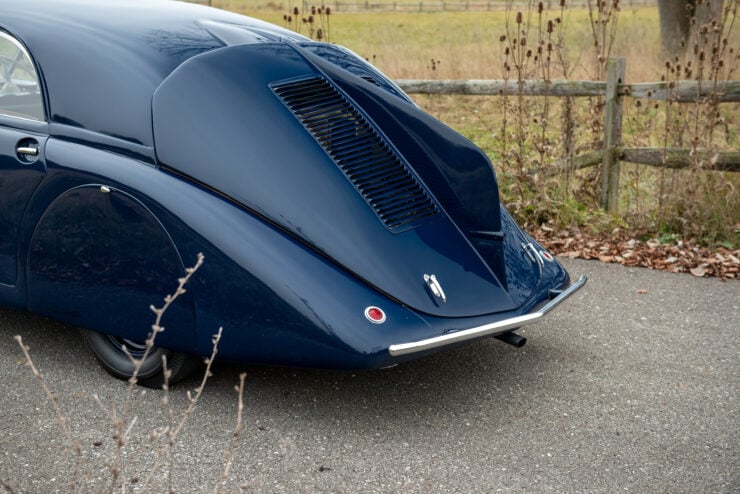

The T77 was constructed on an unusual platform-type chassis with a box-section steel backbone, the engine and transmission were placed in the rear which eliminated the need for a central tunnel and improved passenger space in the cabin.
The final production car had a slew of features that were remarkably prescient including independent four wheel suspension, extensive use of lightweight alloys to reduce curb weight, and a V8 engine with magnesium alloy construction, hemispherical combustion chambers, and a dry sump.
The Tatra V8 had a displacement of 3.0 liters and a modest output of 60 bhp to propel the 1,700 kg (3,700 lb) vehicle, despite this the T77 was capable of a top speed of 140 km/h (87 mph) – a remarkable feat for the era.
The Tatra T77 proved popular but perhaps a little costly and so sales figures were low. The upgraded Tatra T77A was released in 1935 with a more powerful 3.4 liter V8 which increased power to 75 bhp and the top speed climbed to 150 km/h (93 mph).
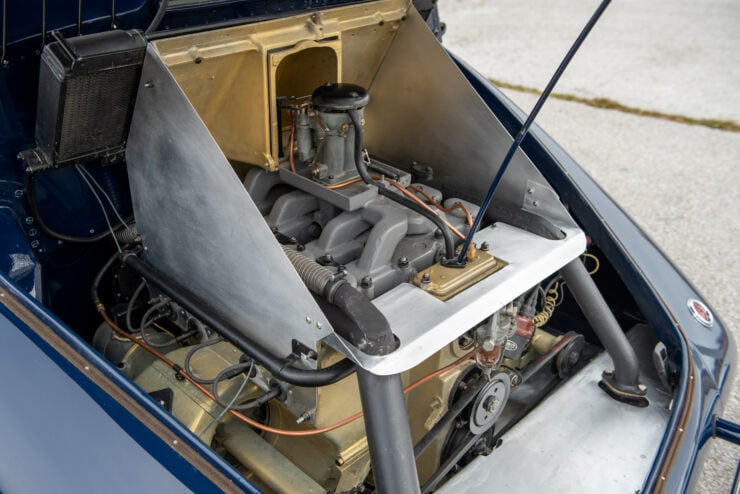

In 1936 the new Tatra 87 was released, it was closely based on the T77 however it refined the design somewhat and sold in vastly higher numbers – over 3,000 were produced compared to the fewer than 250 T77s that had been sold.
The Tatra T77 – Specifications
- The Tatra T77 features an aerodynamic body designed with the aid of a wind tunnel, it has a well-rounded front end and a long, sweeping rear roofline that resulted in a drag coefficient of just 0.36.
- The car was built on the Tatra platform-type chassis with a box-section steel backbone, it had independent suspension on all four corners, drums brakes, and ample interior room for passengers.
- The T77 is powered by an unusual rear-mounted 3.0 liter V8 with a magnesium alloy block, hemispherical combustion chambers, a dry sump, a remote oil cooler, and a centrally mounted camshaft that powers the valves in both heads via uniquely long rocker arms – there were no pushrods.
- The Tatra V8 in the T77 produced 60 bhp and was good for a top speed of 140 km/h (87 mph). The uprated engine in the later T77A produced 75 bhp thanks to a bump in displacement to 3.4 liters, and it was capable of pushing the T77 to 150 km/h (93 mph).
- A small number of early T77s had the driver positioned in the middle, with a passenger to each side and slightly behind – a layout that would be used on the McLaren F1 supercar over half a century later.
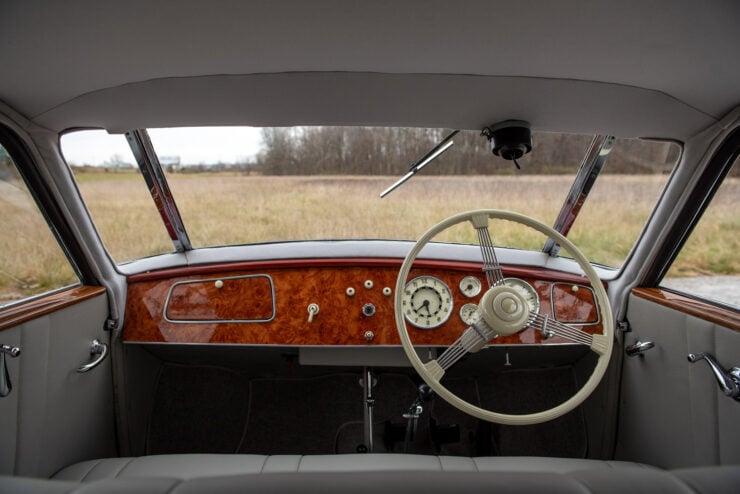

The 1934 Tatra T77 Shown Here
The car you see here is a rare Tatra T77 from the first year of production – 1934. It’s one of only 106 T77s that were made before the T77A was released and it’s believed to be one of just five restored and drivable T77s left in the world.
Interestingly this Tatra was ordered new by Count Jaromír Egon Czernin-Morzin who used it to tour the Italian Alps in 1935. Its history after this time becomes unclear due to the outbreak of WWII which was followed by much of Eastern Europe being integrated into the Soviet Bloc.
It’s believed that the car was still being driven up until the 1970s after which time it was parked in a barn in Slovakia. The car was then bought by a German enthusiast in 2005, and it made its way to a new owner in the USA in 2012.
It would be in the United States that a full concours-quality restoration took place, all well documented of course, by International Auto Restoration of Oak Lawn, Illinois. By the time the decade-long restoration was finished over $1 million US dollars had been spent on the car.
It’s now being offered by RM Sotheby’s at their Amelia Island auction in early March, if you’d like to read more about it or register to bid you can visit the listing here.
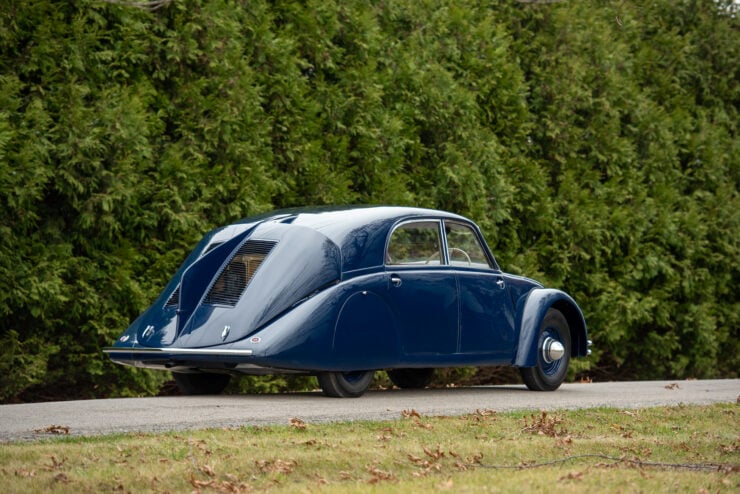
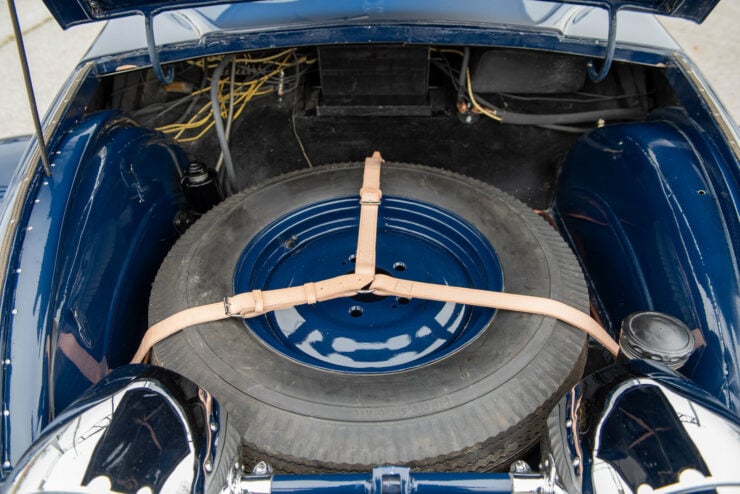
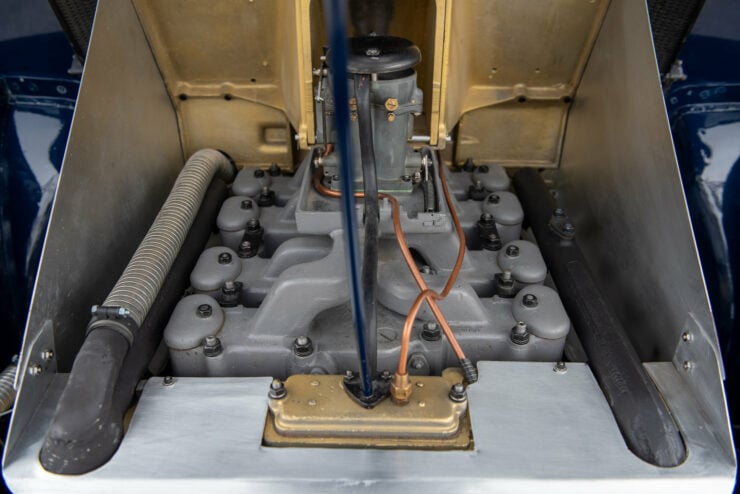
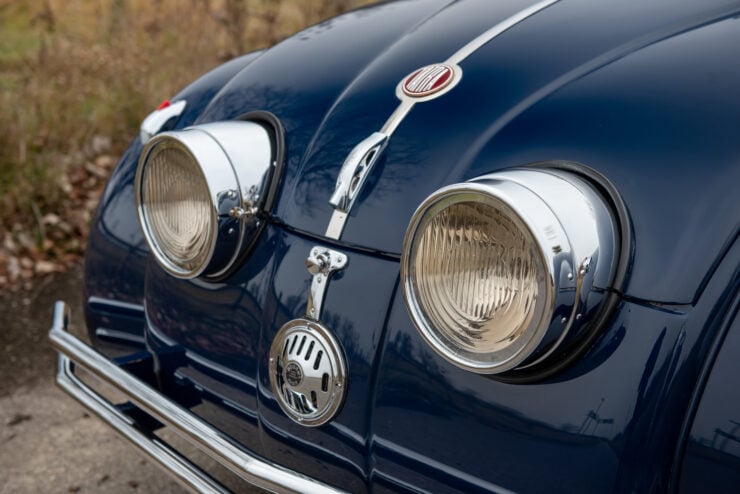
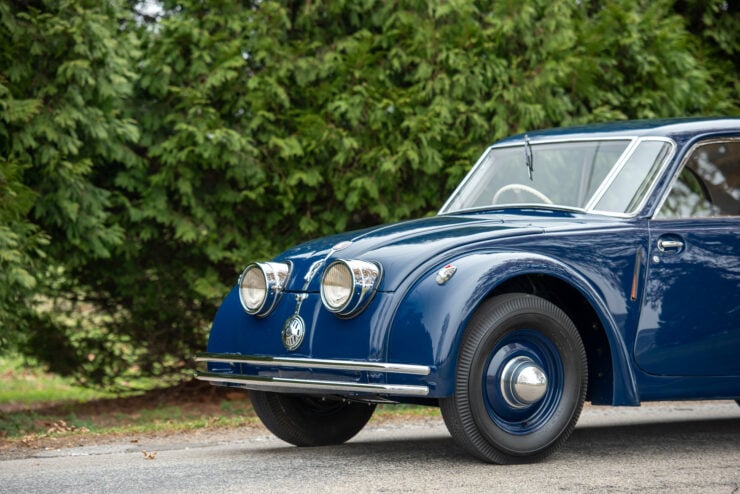
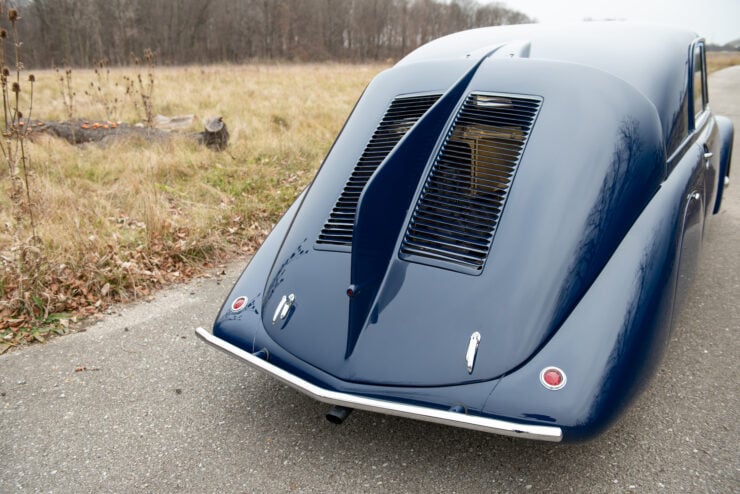
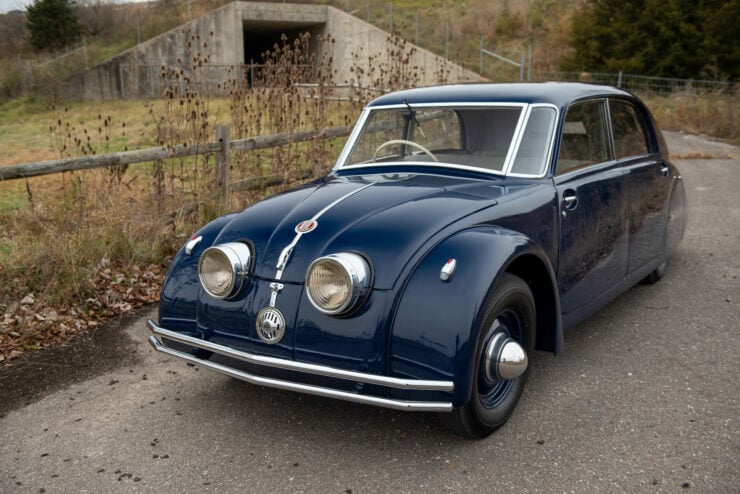
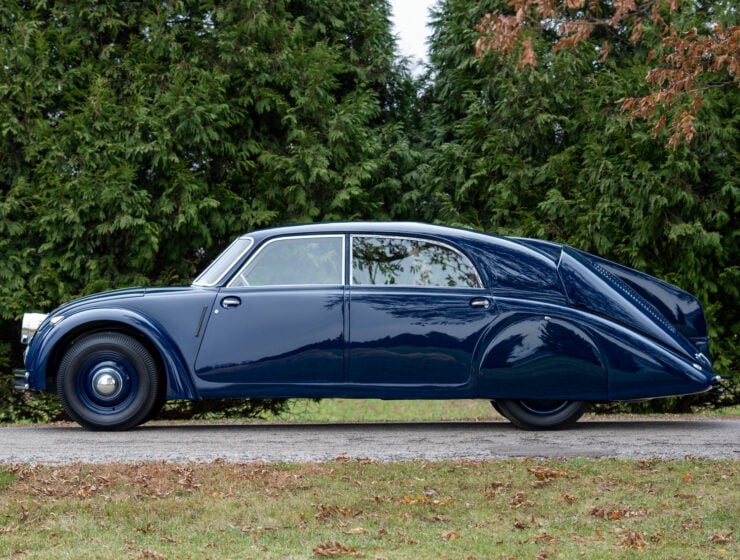
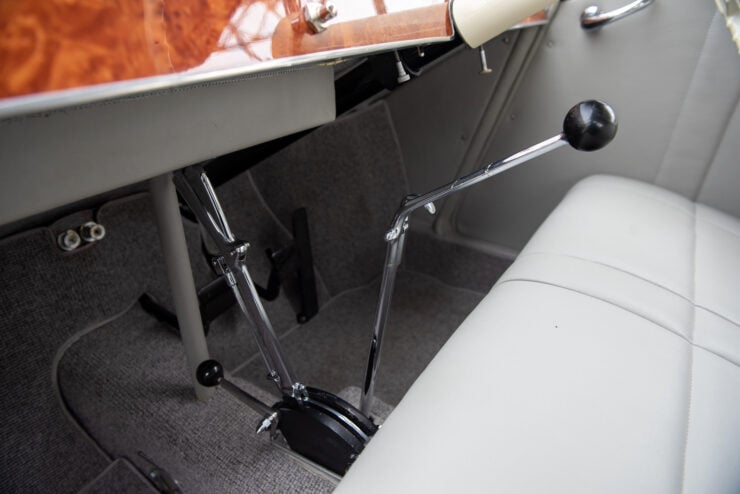
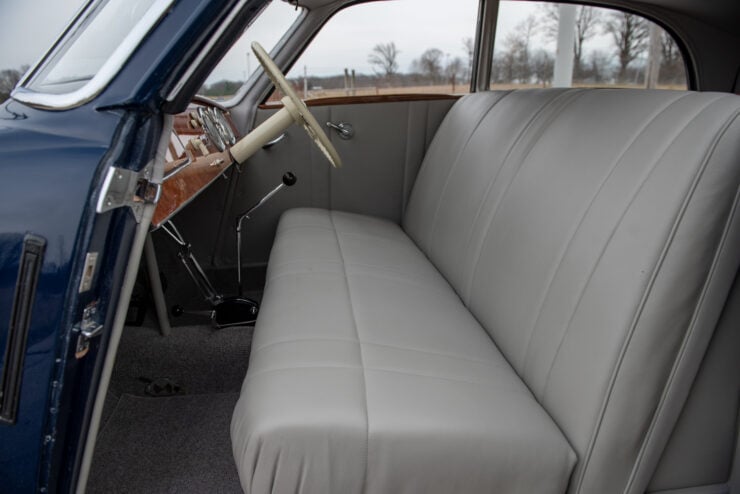
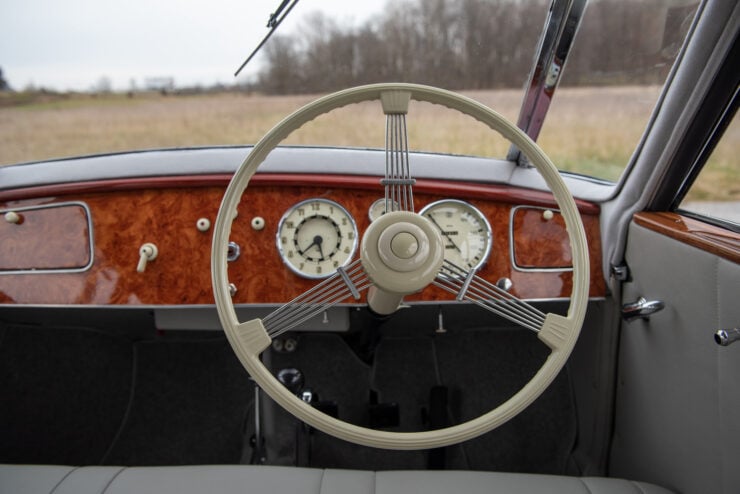
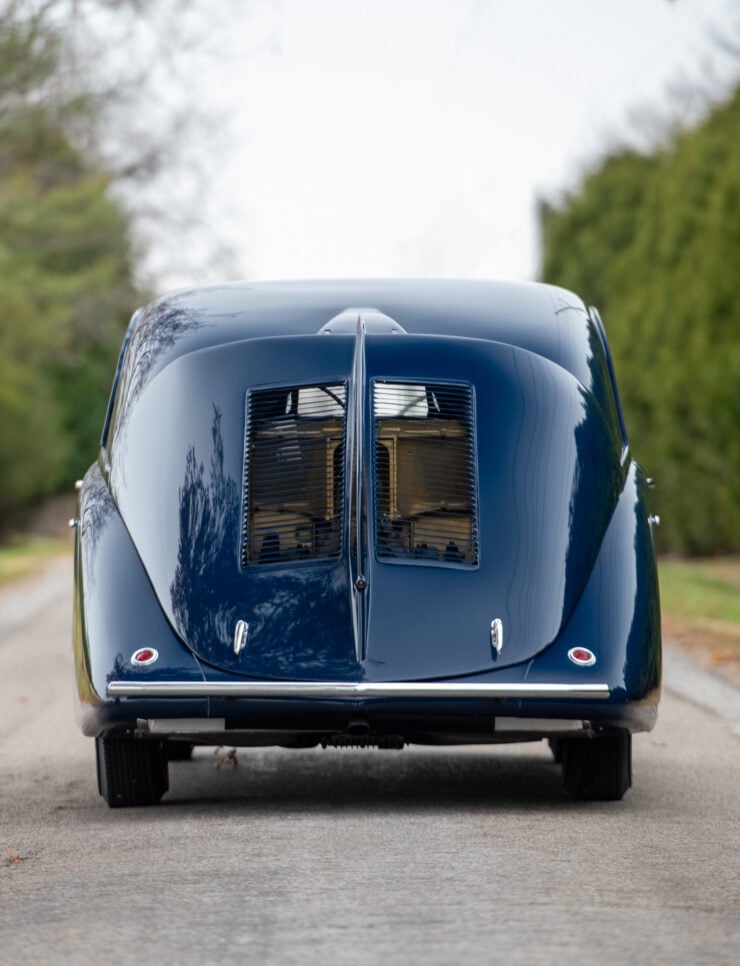
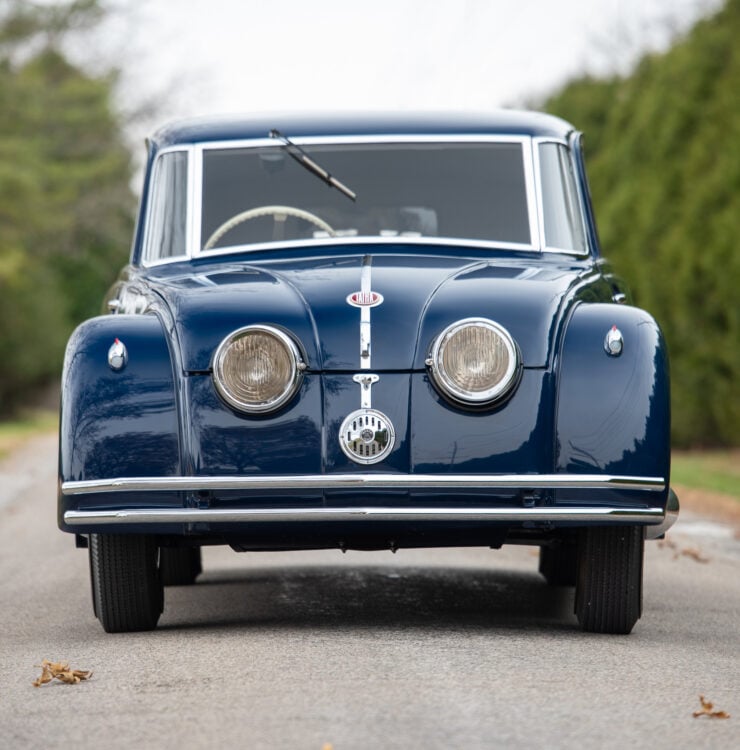
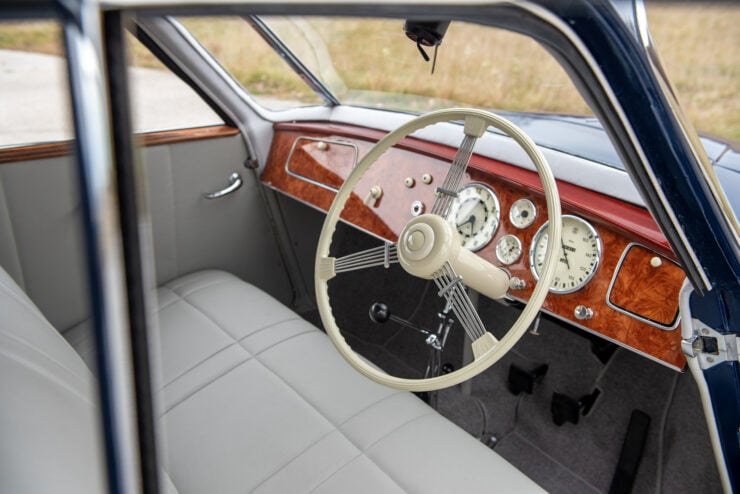
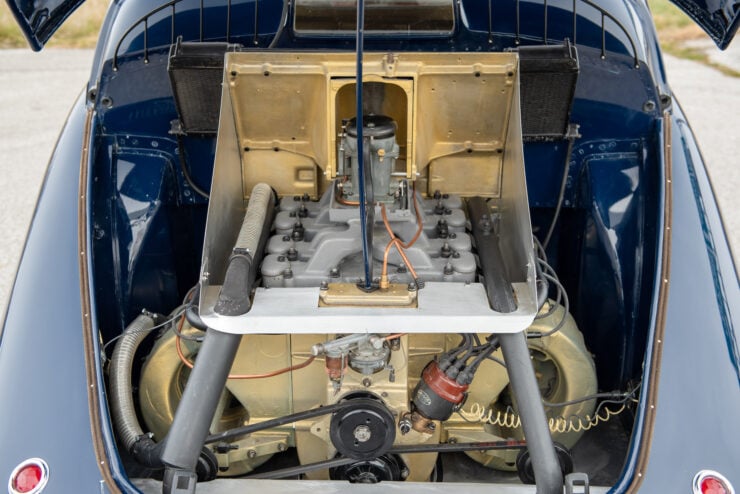
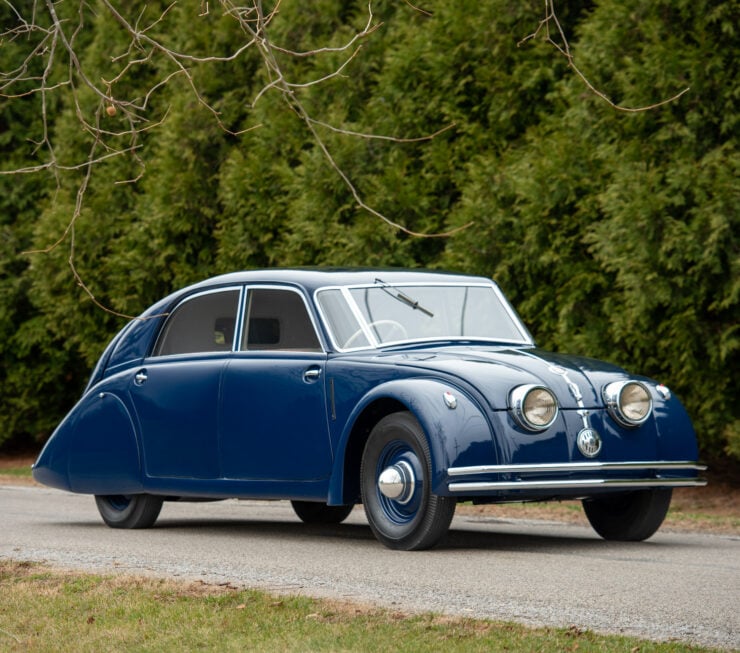
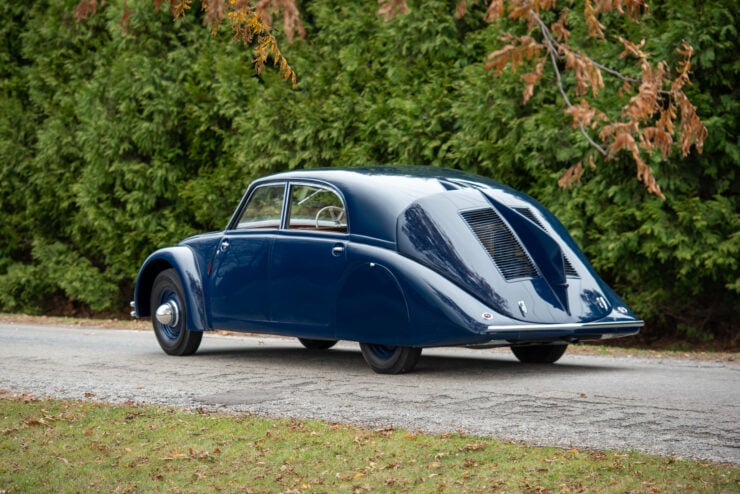
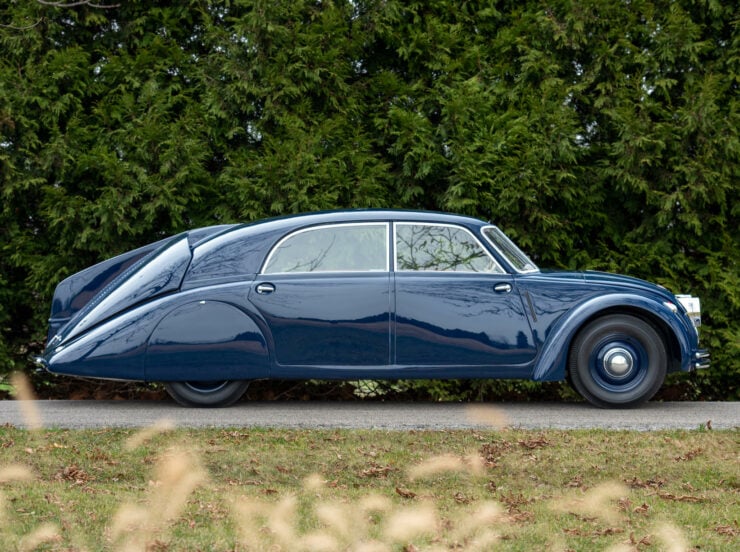
Images: Corey Escobar ©2021 Courtesy of RM Sotheby’s

